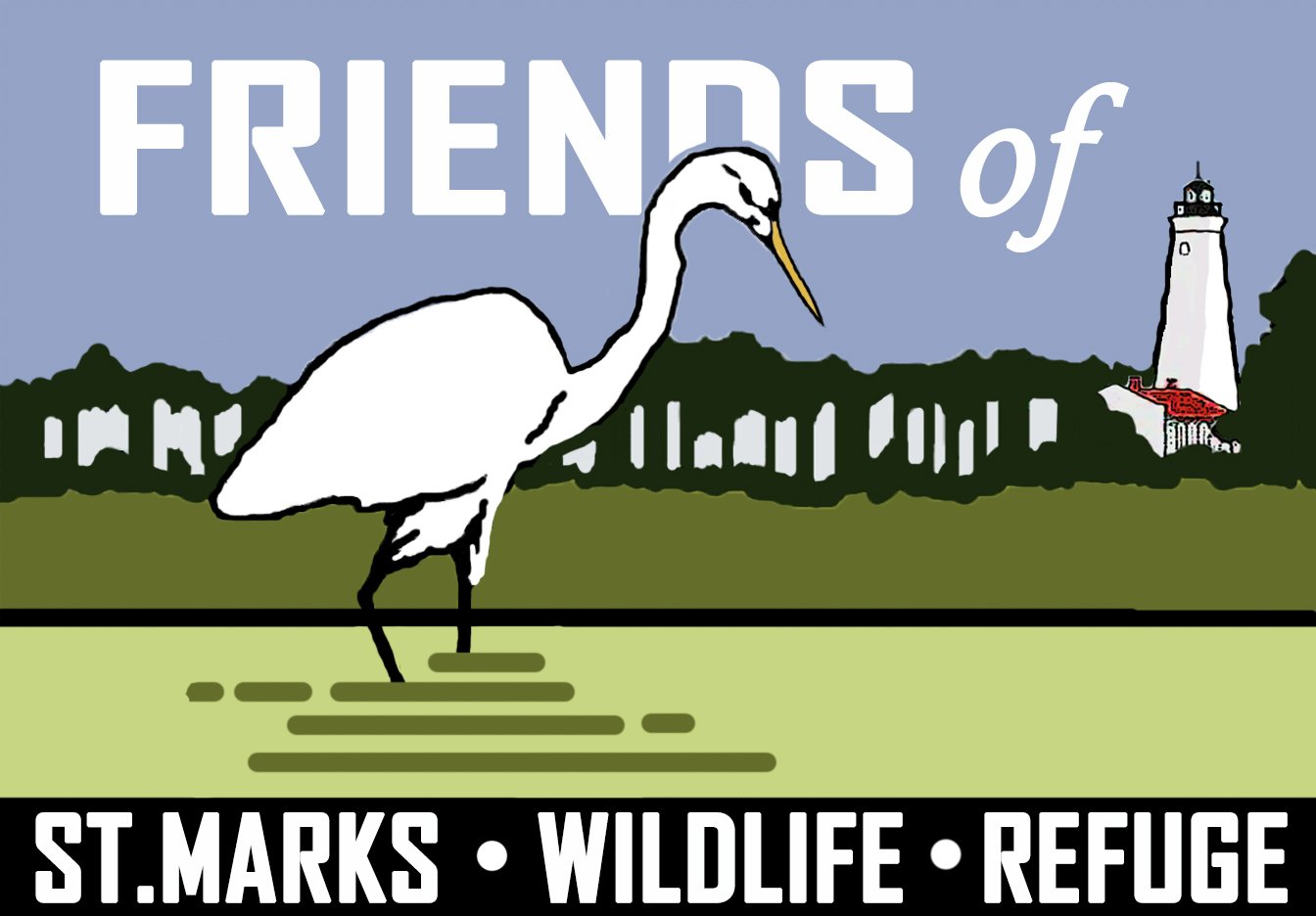I did my mid-December duck survey yesterday. It was a grim gray early winter day, cold and windy. Duck numbers and duck diversity were markedly down. December should be the peak of duck season and by mid-December there are usually nineteen species and almost two thousand ducks on the interior ponds and nearshore waters within the survey area. I recorded only 556 ducks representing fourteen species. There were no pintails and this is the first winter that I can remember with no American Black Ducks.
The reason for this seems to be the effect of recent weather on the feeding strategy of one group of ducks. We have had biblical levels of rain recently and St. Marks has been inundated. Water levels are up on all the pools.
Comparing the survey numbers with the long-term median numbers for each species showed that almost all the refuge’s missing ducks are dabbling ducks; teal, pintails, mallards, and redheads. In winter these ducks feed by grazing in shallow water. They are the ducks that you see with tail feathers pointed skyward as they dunk their heads underwater to feed on vegetation. When the water gets too deep, they cannot reach their food.
Many of our wintering ducks are dabblers. Green-winged Teal are usually the most numerous freshwater duck at the refuge in winter. They are also the smallest dabbling duck and therefore are affected most by increased water depth. Green-winged Teal numbers are down by 95% and account for half of the missing ducks. The missing dabblers have scattered to newly flooded areas that are shallow enough to allow them to feed. The Redheads have simply moved offshore to feed on seagrasses.
American Wigeon numbers are light, but have not been affected as much. Compared to other dabbling ducks, wigeon are more able to graze on floating leafed vegetation. They also feed with coots and diving ducks, eating vegetation brought to the surface by those species.
St. Marks diving ducks; scaup, mergansers and buffleheads, are primarily hunting fish, amphibians, insects, and crustaceans. They can feed in deeper water and their numbers on the survey were within their normal range for December.
This winter, St. Marks NWR does not have the duck numbers that we have come to expect. Refuge staff are working to lower water levels, but there is more rain in the forecast. It is likely that duck populations at St. Marks will not recover prior to February when ducks begin to return north. However, there are still hundreds of ducks out there, along with wintering shorebirds and waders. Come down to the refuge and see what we have.

